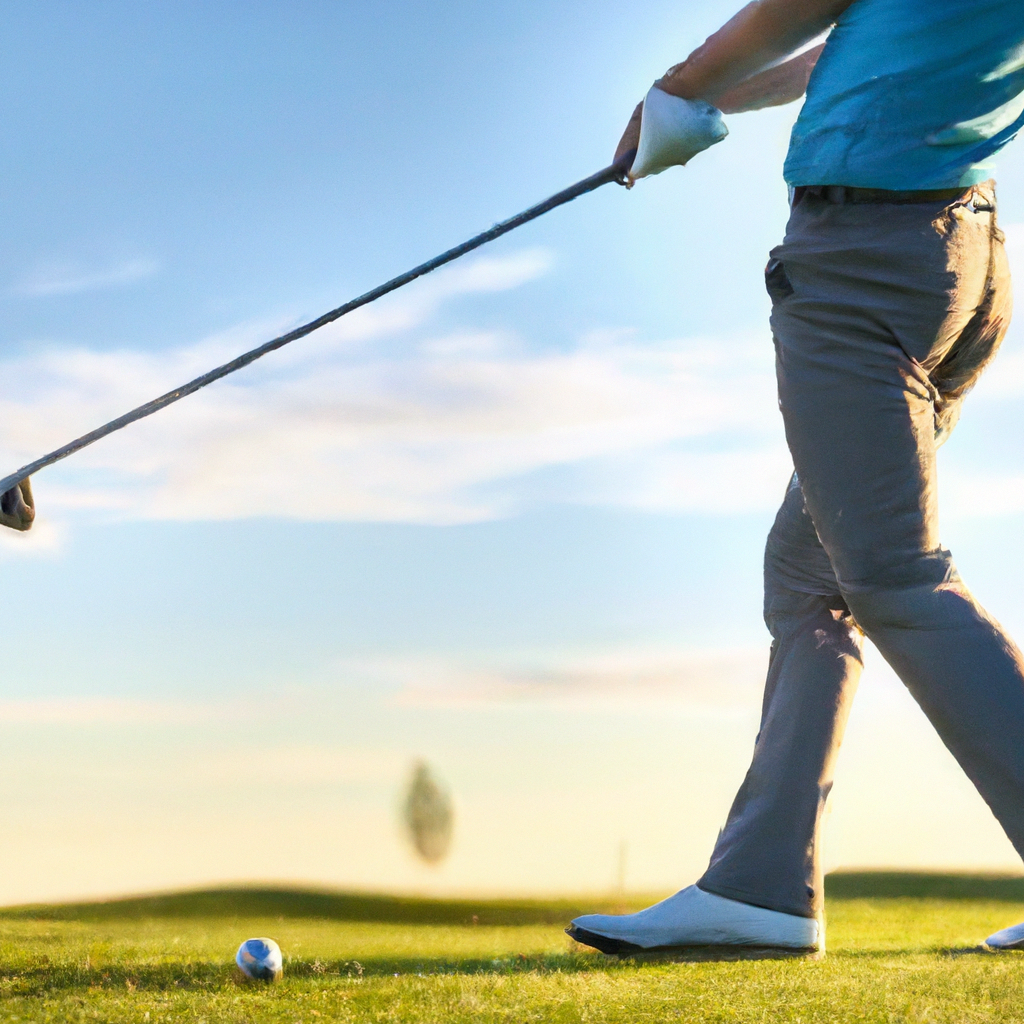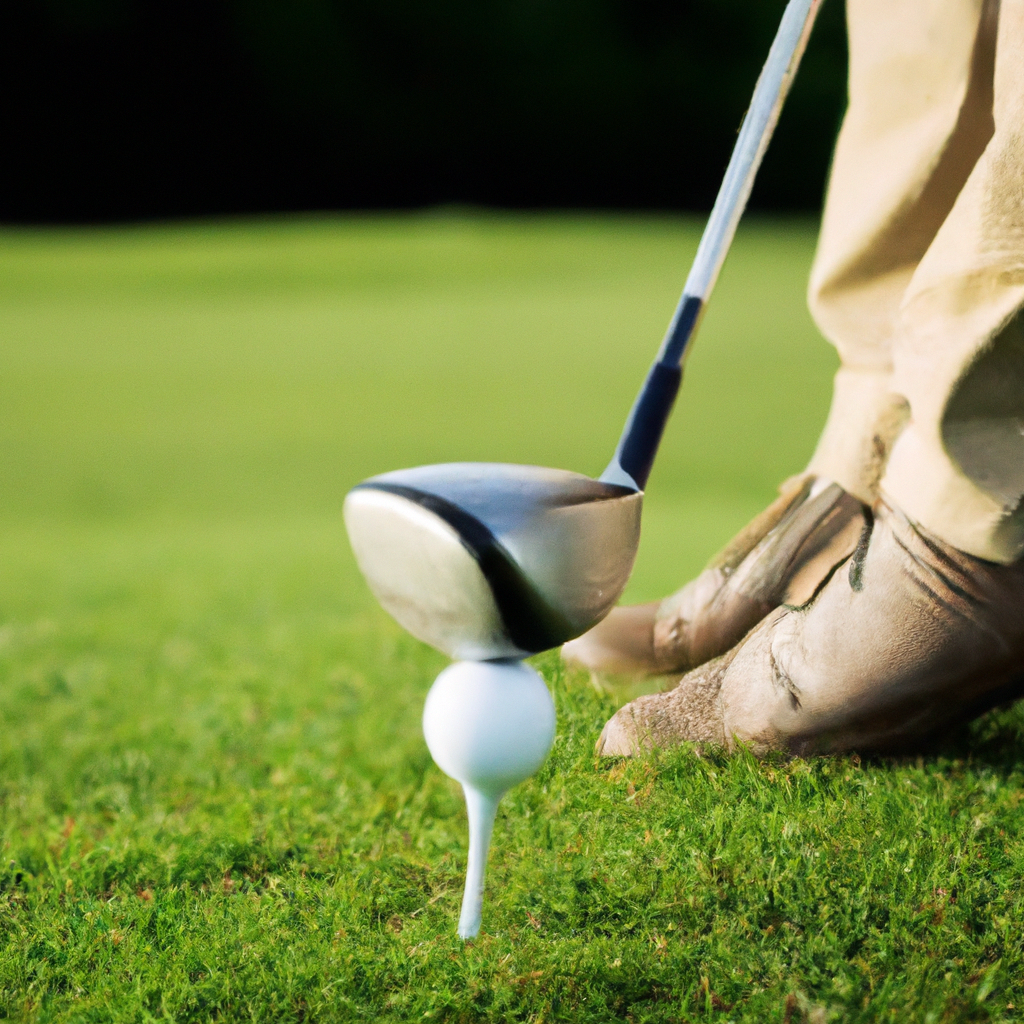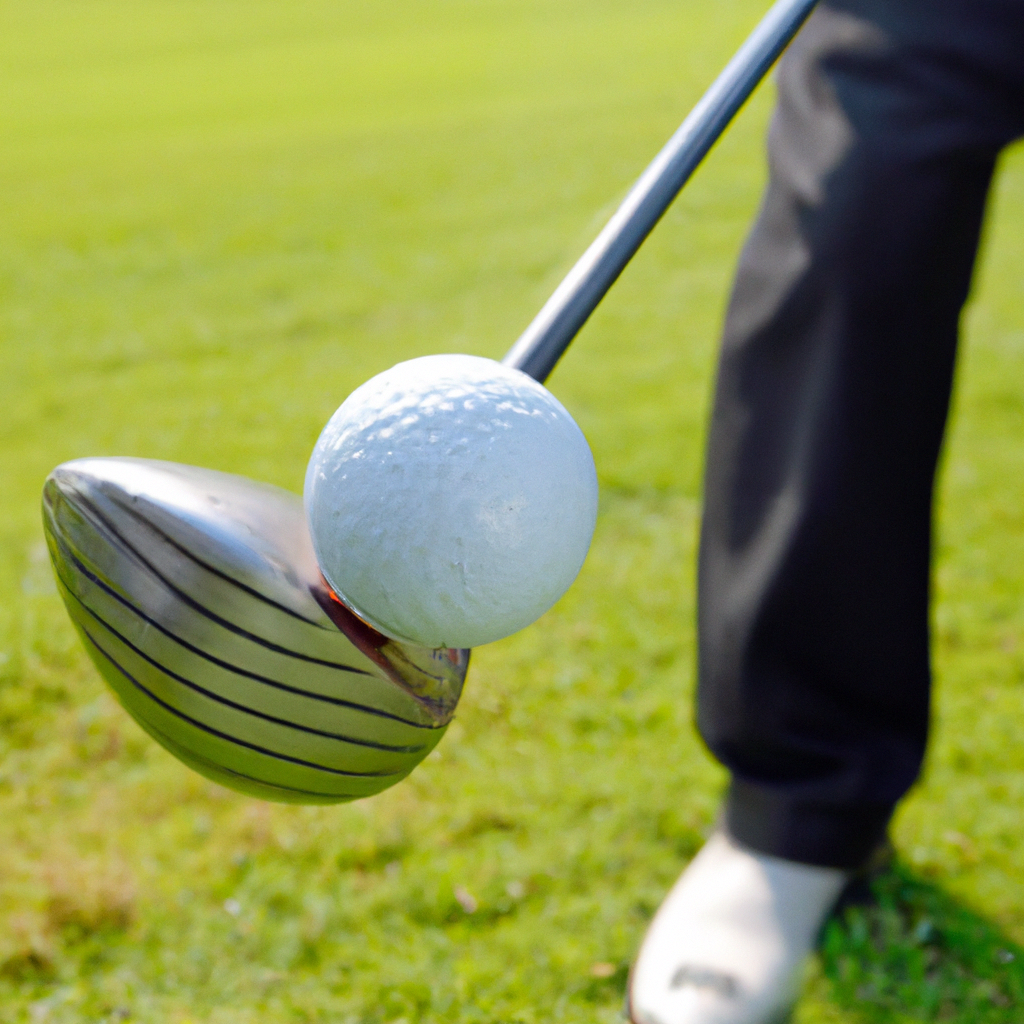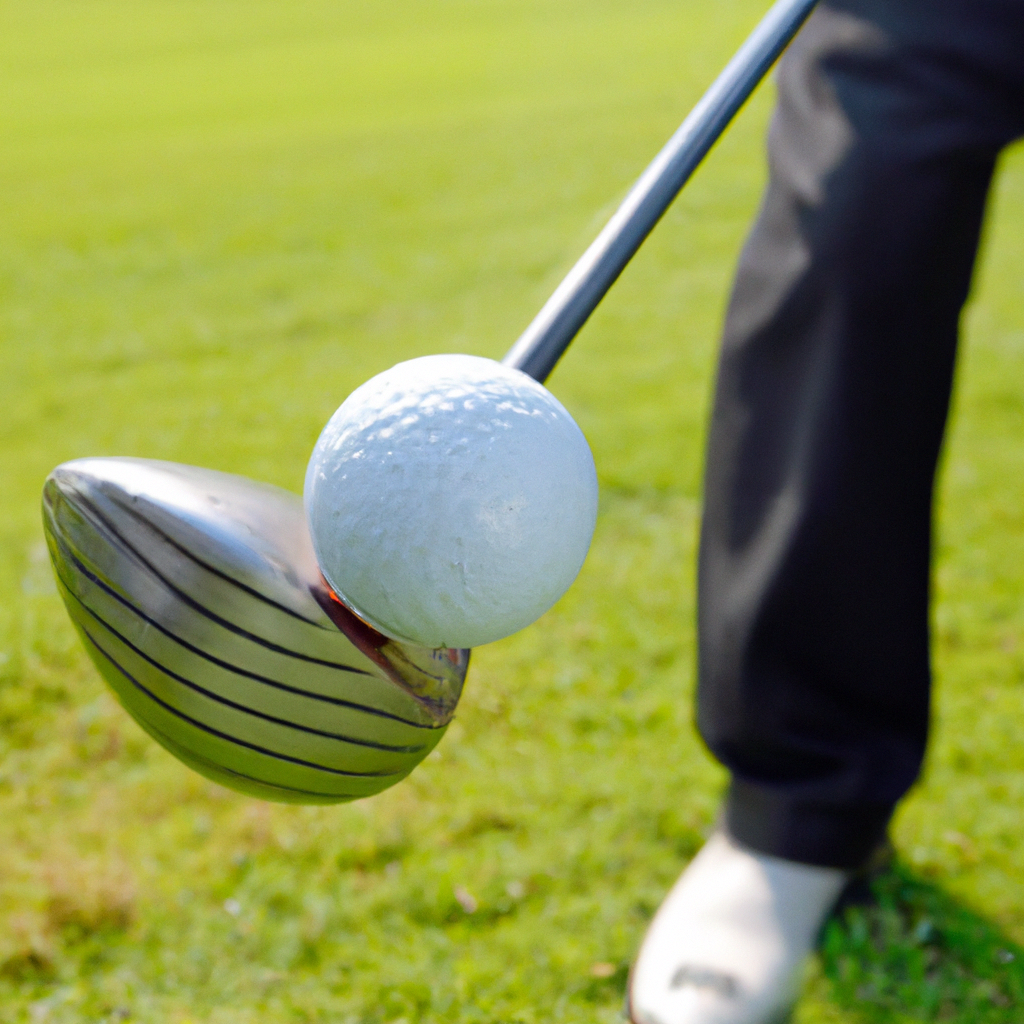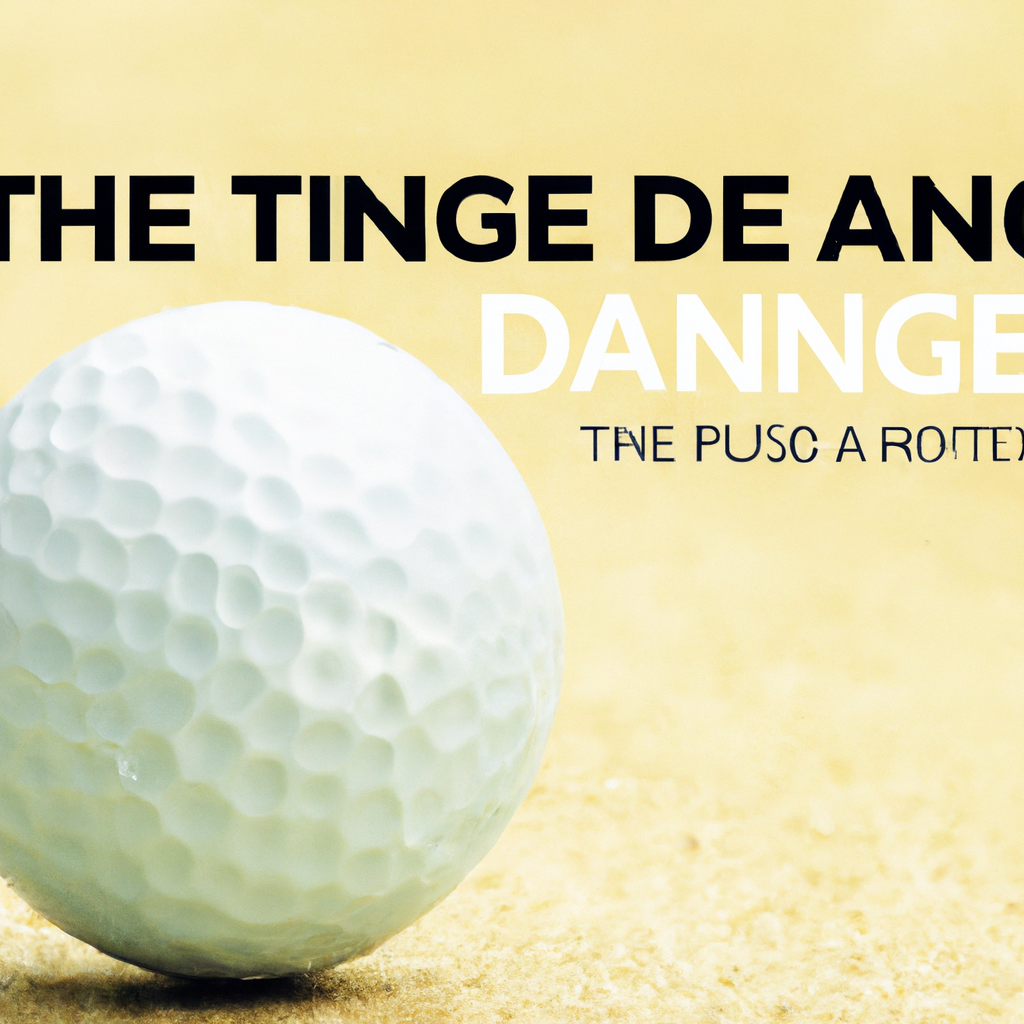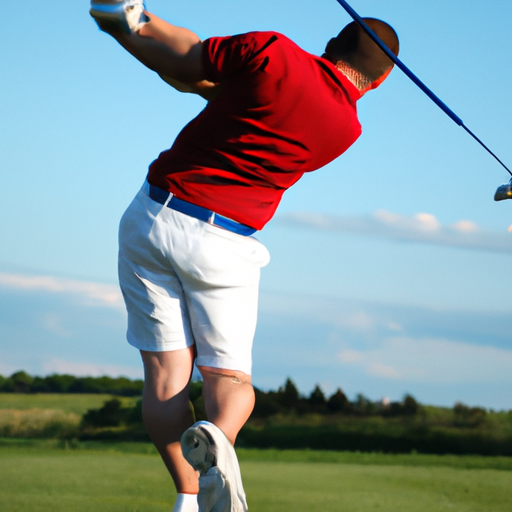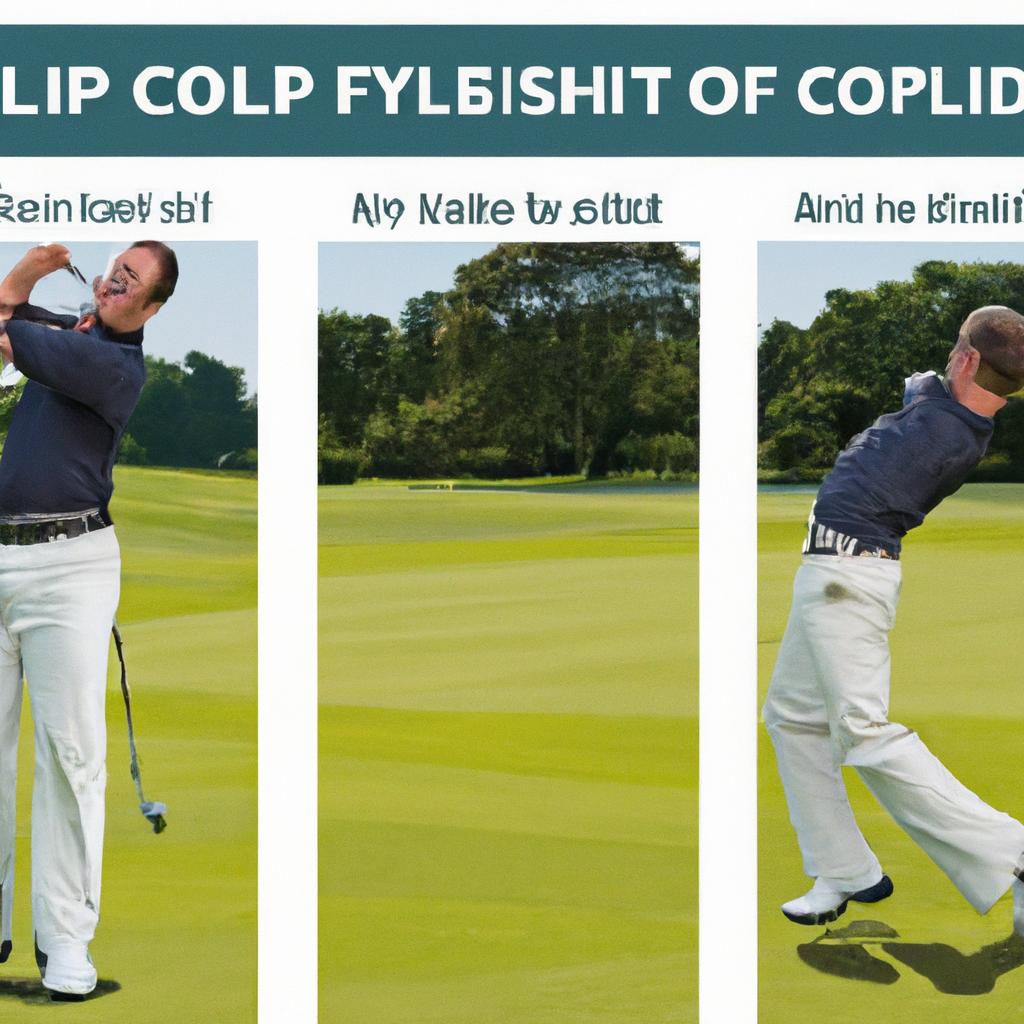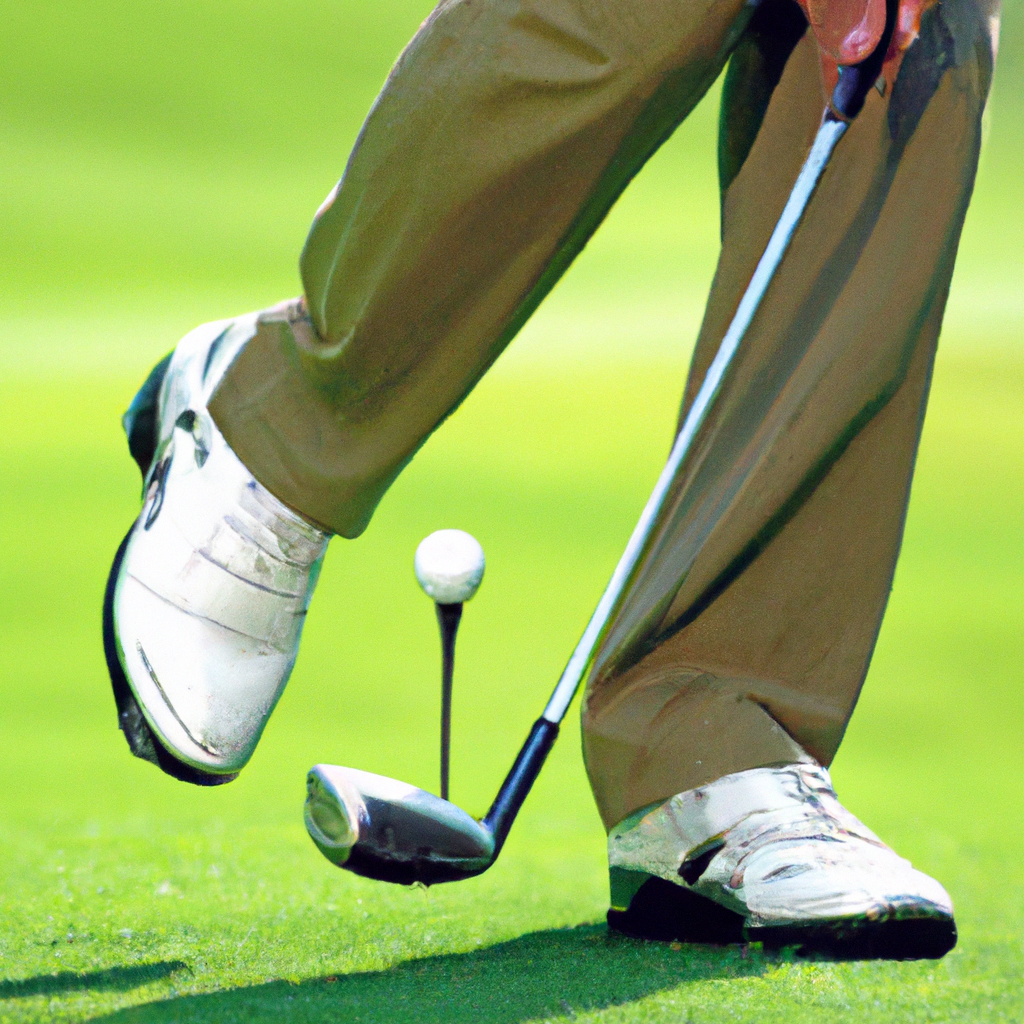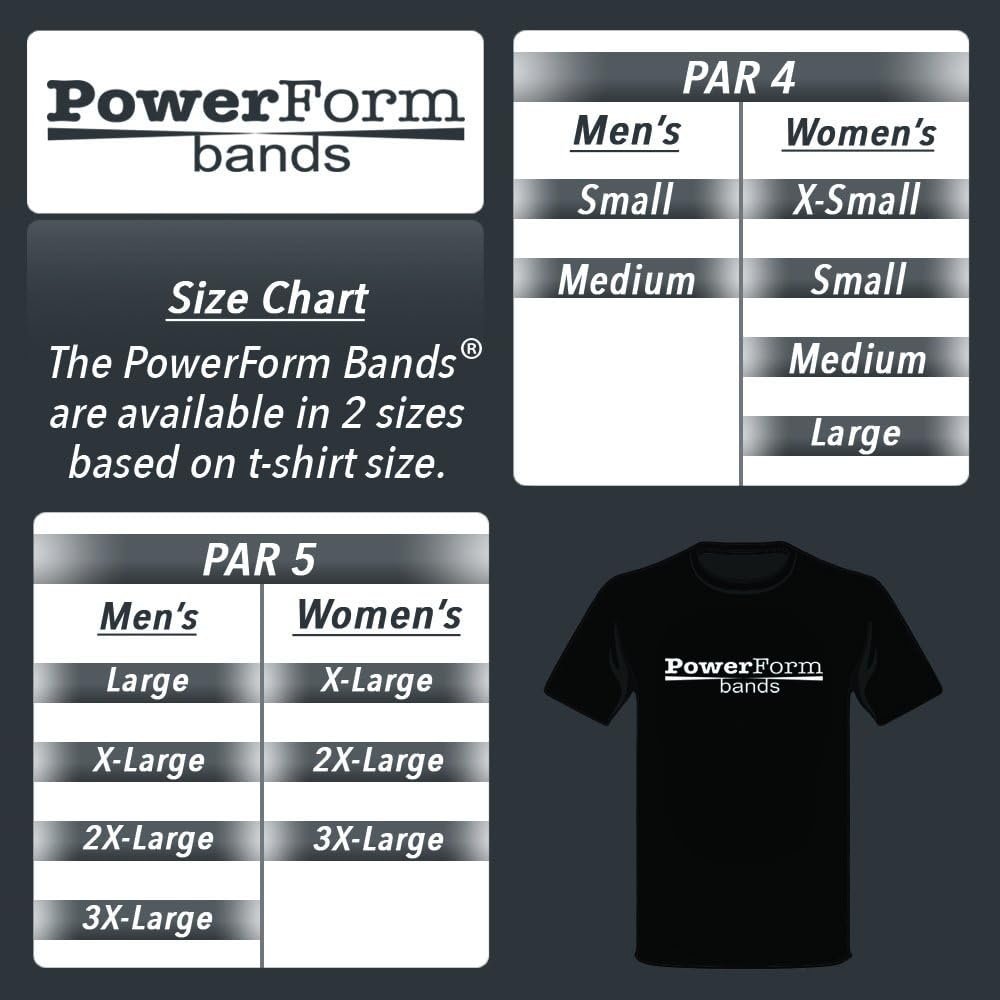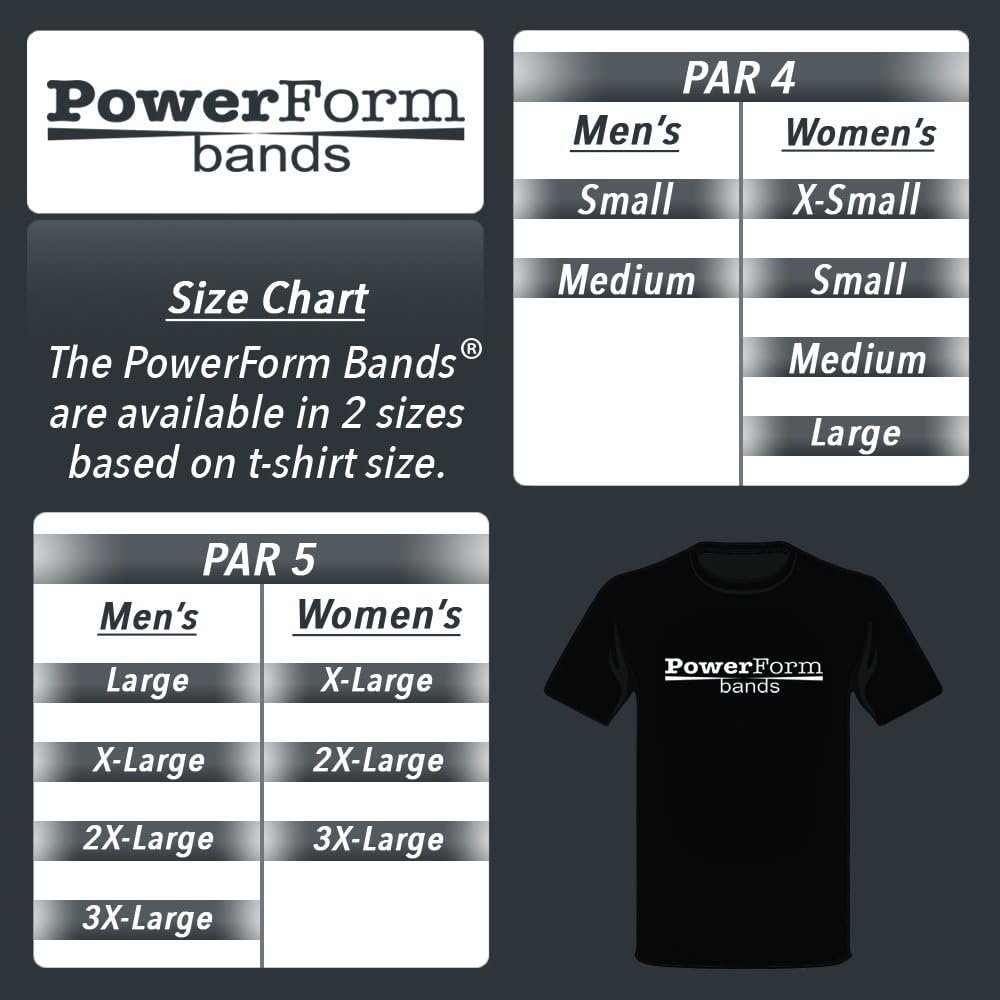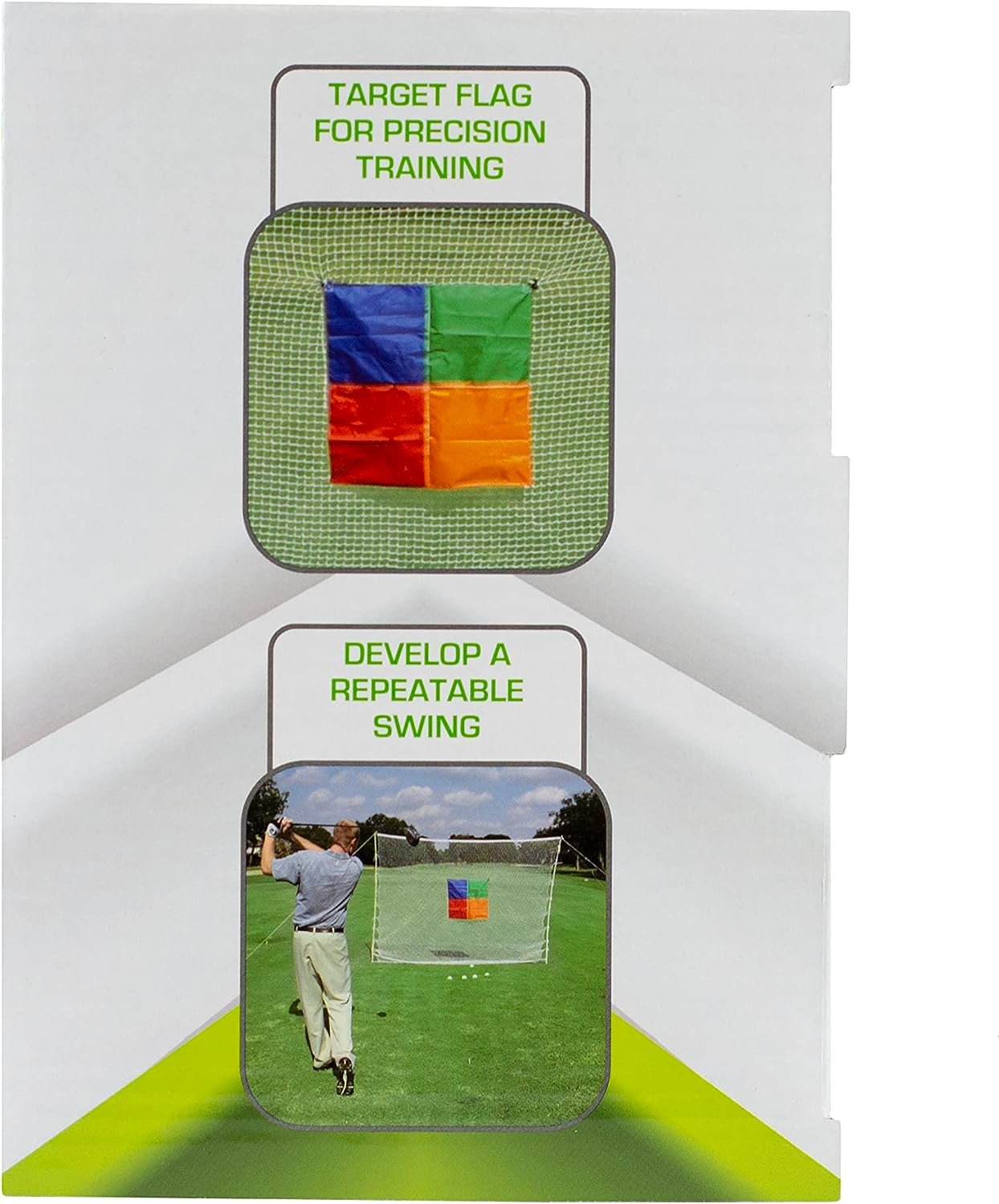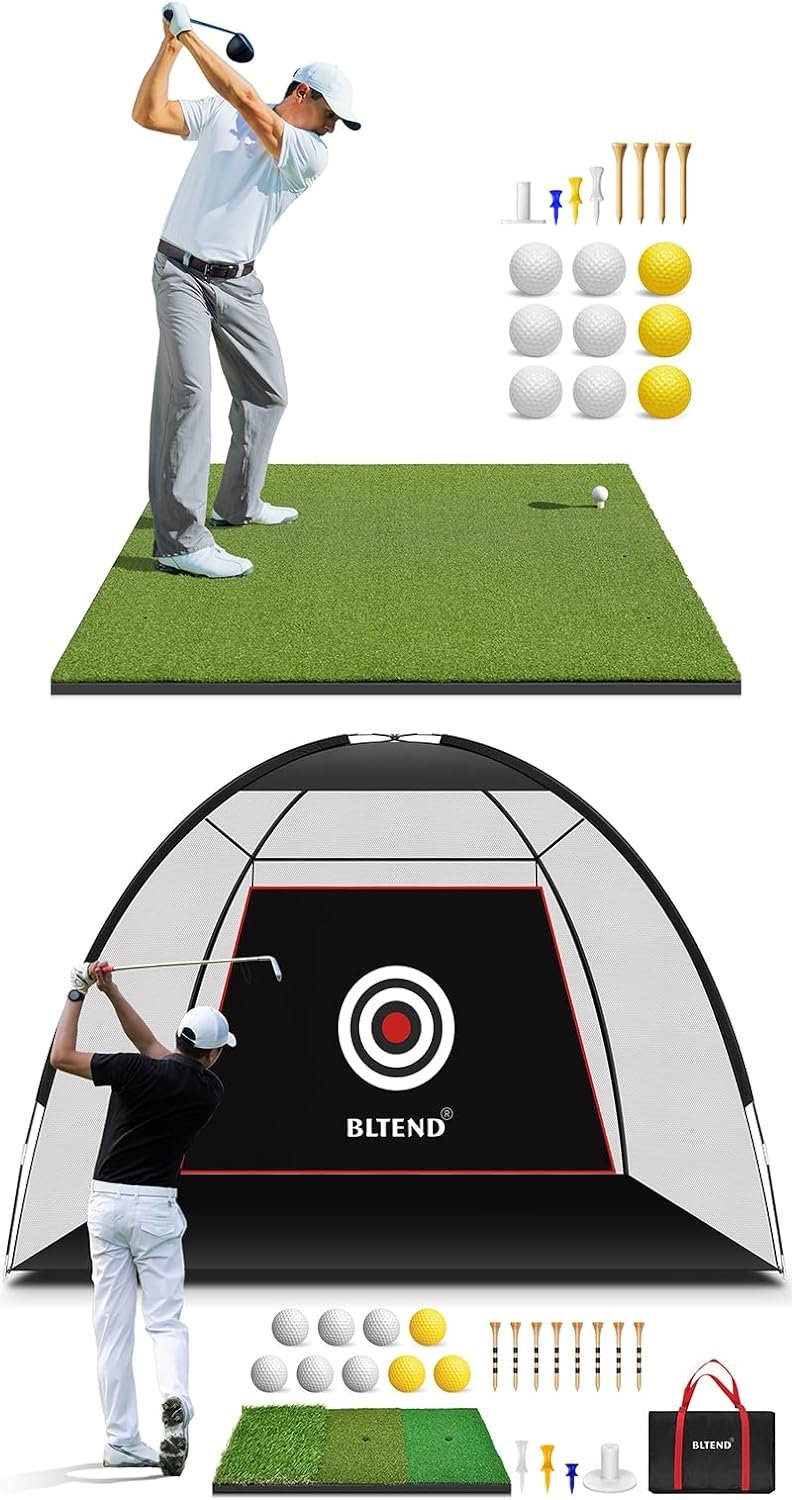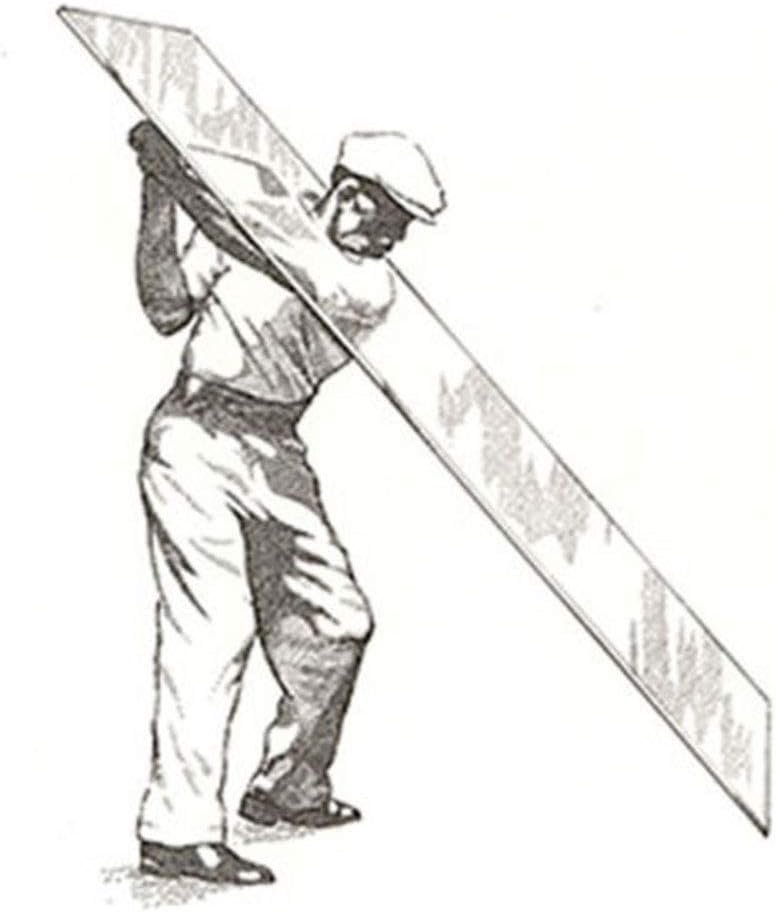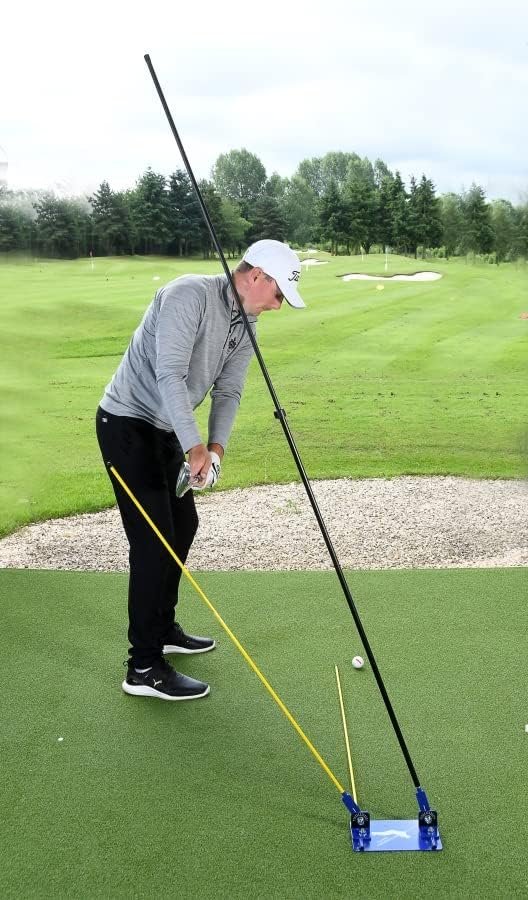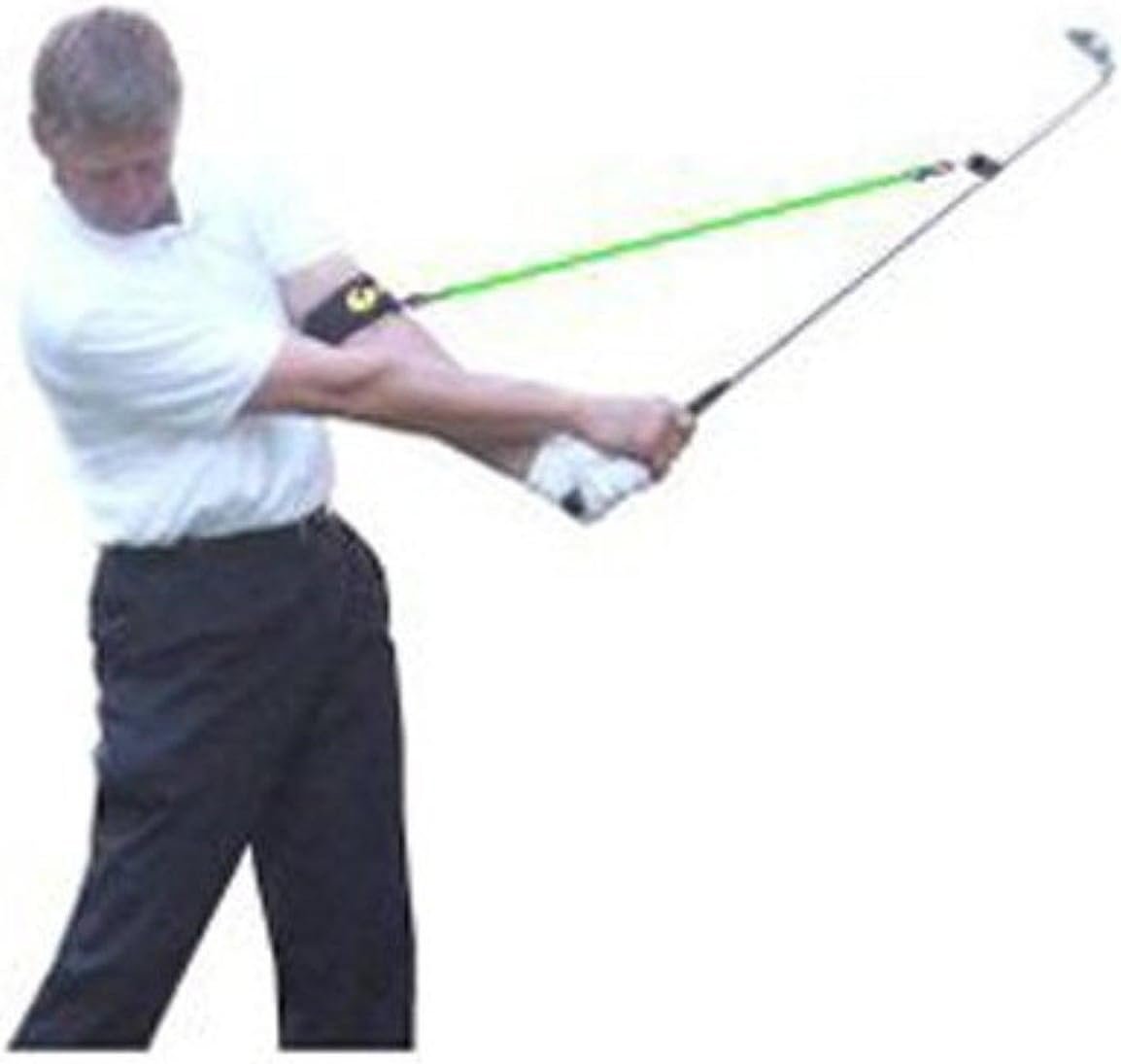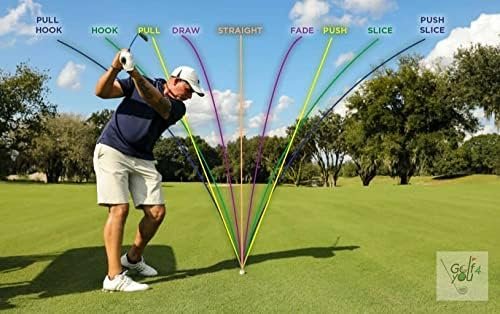In your pursuit of becoming a golfing maestro, mastering the golf swing is an essential skill you need to have under your belt. With its intricacies and nuances, the golf swing is a fascinating art that requires dedication and practice. Whether you’re a beginner looking to learn the basics or an experienced player seeking to refine your technique, understanding the mechanics of a perfect swing can greatly enhance your performance on the greens. In this article, we will explore the key elements that contribute to a flawless golf swing, providing you with invaluable tips and insights to take your game to the next level.

The Basics of the Golf Swing
The grip and setup
One of the most essential elements of a successful golf swing is the grip and setup. It lays the foundation for the entire swing motion. A proper grip ensures control and accuracy in your shots, while a correct setup helps you maintain balance and alignment throughout the swing.
The stance and alignment
Once you’ve mastered the grip and setup, it’s time to focus on your stance and alignment. Your stance should be shoulder-width apart, with your weight evenly distributed on both feet. Align your body parallel to the target line, ensuring that your feet, hips, and shoulders are all pointing in the same direction.
The takeaway and backswing
The takeaway and backswing set the stage for the rest of your swing. It involves a smooth and controlled movement of the club away from the ball and then a gradual rotation of your body to create power and accuracy. It’s important to maintain a connected motion between your arms and body during this phase.
The downswing
The downswing is where the real power is generated. It starts with a lower body movement, initiating a full rotation of the hips and a transfer of weight to the front foot. As you approach the impact position, the clubhead should lag behind, creating maximum clubhead speed and a powerful strike on the ball.
The follow-through
The follow-through is the final phase of the golf swing, where you complete the motion and allow your body to naturally unwind. A balanced and fluid finish is essential for a consistent and controlled shot. Your arms should extend fully, and your spine angle should be maintained to promote stability and distance control.
Mastering the Fundamentals
Developing a consistent rhythm
To master the golf swing, it’s important to develop a consistent rhythm. This means finding a tempo that feels comfortable for you and repeating it throughout your swing. An even and smooth pace will help you maintain control and accuracy in your shots.
Building a solid foundation with balance
Balance is crucial in golf, as it allows you to maintain control of your body and club throughout the swing. Work on improving your balance by practicing drills that focus on weight transfer and stability. A solid foundation will give you the confidence to execute your swing with ease.
Achieving proper body rotation
Proper body rotation is key to generating power and accuracy in your swing. Focus on rotating your hips, shoulders, and upper body together in a coordinated motion. This will enable you to maximize your clubhead speed and strike the ball with precision.
Maintaining a steady tempo
Consistency in tempo is essential in golf. Your swing should have a smooth and even rhythm from start to finish. Avoid rushing through the swing or jerky movements that can lead to inconsistencies. Practice maintaining a steady tempo to improve your overall swing mechanics.
Generating power through a smooth transition
To generate power in your swing, it’s important to have a smooth transition from the backswing to the downswing. This means avoiding any sudden or abrupt movements that can disrupt the flow of your swing. Focus on a seamless transition to ensure maximum power and accuracy in your shots.
Perfecting the Grip
Understanding different grip types
There are various grip types in golf, including the overlapping grip, interlocking grip, and ten-finger grip. Each grip has its advantages and disadvantages, and it’s important to find the one that suits your swing style and comfort level. Experiment with different grip types to determine which one provides the most control and feel.
The importance of grip pressure
Proper grip pressure is crucial for a consistent and controlled swing. Gripping the club too tightly can restrict your wrist movement and cause tension in your swing. On the other hand, gripping too lightly can result in a loss of control. Find the balance that allows you to maintain a firm grip while still feeling relaxed and comfortable.
Positioning the hands correctly
The positioning of your hands on the club is a vital aspect of the grip. The “V” formed by your thumb and index finger on each hand should be pointing towards your trailing shoulder. This ensures that your hands are in the correct position to facilitate a square clubface at impact and promote a straight ball flight.
Addressing common grip issues
Many golfers struggle with common grip issues, such as a weak grip or a grip that is too strong. A weak grip can result in a slice, while a strong grip can lead to a hook. If you’re experiencing these problems, it may be necessary to make adjustments to your grip to correct the issue and promote a more desirable ball flight.
Drills to improve grip
There are several drills that can help you improve your grip and develop a more consistent and controlled swing. One effective drill involves holding the club with just your lead hand and practicing your swing motion. This drill helps you develop a better feel for the proper grip pressure and hand positioning.

Proper Setup and Alignment
Finding the ideal ball position
The position of the golf ball in your stance can greatly affect the outcome of your shots. For most iron shots, the ball should be positioned just ahead of the center of your stance. However, for longer clubs, such as the driver or fairway woods, the ball should be positioned more towards your front foot to promote an upward strike.
Positioning the feet and shoulders
Proper alignment starts with positioning your feet and shoulders in relation to the target. Your feet should be shoulder-width apart, and your shoulders should be parallel to the target line. This alignment ensures that your swing path is on the correct plane and promotes a straighter ball flight.
Creating a square clubface
A square clubface at impact is essential for accuracy and control in your shots. To achieve a square clubface, align the leading edge of the clubface perpendicular to the target line. This alignment will help you achieve a straight ball flight and eliminate any unwanted sidespin.
Aligning the body to the target
In addition to aligning your feet and shoulders, it’s important to align your entire body to the target. This means ensuring that your hips, knees, and even your eyes, are all pointing in the same direction. Proper alignment sets the foundation for a consistent and accurate swing.
Visualizing the intended shot
Before executing your swing, take a moment to visualize the shot you intend to hit. Imagine the trajectory, the shape, and the landing spot of the ball. By visualizing the shot, you can better align your body and clubface to achieve the desired result.
The Takeaway and Backswing
Starting the swing with a one-piece takeaway
The takeaway is the first movement of the club away from the ball. It’s important to start the swing with a one-piece takeaway, meaning that your hands, arms, and shoulders should all move together in a connected motion. This promotes a smooth and consistent backswing.
Maintaining a smooth transition from backswing to downswing
To avoid any disruptions in your swing, it’s crucial to maintain a smooth transition from the backswing to the downswing. Avoid any sudden movements or changes in tempo that can lead to inconsistent ball striking. Practice a seamless transition to ensure maximum power and accuracy in your shots.
Establishing a proper golf swing plane
The swing plane refers to the path that the club takes during the swing. A proper swing plane allows you to strike the ball consistently and on the correct path. To establish a proper swing plane, focus on maintaining a circular motion with the club, keeping it on a similar path throughout the swing.
Utilizing the correct wrist and arm positions
Proper wrist and arm positions are crucial for a successful swing. Your wrists should hinge naturally during the backswing and release during the downswing, allowing for maximum clubhead speed. Similarly, your arms should stay relaxed and connected to your body, working together to generate power and accuracy.
Building power through a full shoulder turn
A full shoulder turn is essential for generating power in your swing. Focus on rotating your shoulders fully during the backswing, allowing your upper body to coil up. This coil stores energy, which is released during the downswing, resulting in increased clubhead speed and distance.
Executing the Downswing
Initiating the downswing with a lower body movement
The downswing starts with a lower body movement, initiated by a slight lateral shift and rotation of the hips towards the target. This movement generates power and helps transfer weight onto your front foot, setting the stage for a powerful strike on the ball.
Maintaining clubhead lag for increased club speed
Clubhead lag refers to the angle between the clubshaft and your lead arm during the downswing. Maintaining this lag allows you to create maximum clubhead speed and achieve a crisp impact on the ball. Focus on delaying the release of your wrists and maintaining this lag until just before impact.
Hip rotation and weight transfer
Proper hip rotation and weight transfer are key to a powerful and accurate downswing. As you initiate the downswing, rotate your hips towards the target, allowing your weight to shift from your back foot to your front foot. This transfer of weight helps generate power and promotes a solid strike on the ball.
Properly releasing the club for accuracy
The release of the club refers to the moment when your wrists and hands naturally release their hinged position, allowing the clubhead to square up at impact. A proper release promotes accuracy and a straight ball flight. Focus on maintaining a relaxed grip and allowing the release to happen naturally.
Avoiding common downswing faults
The downswing can be a challenging phase of the golf swing, as it’s easy to fall into common faults. One common fault is casting, where the club is released too early, resulting in a loss of power and accuracy. Another common fault is an over-the-top move, where the club comes down on an outside-in path, causing slices. Be mindful of these faults and work on proper technique to avoid them.
Developing a Fluid Follow-Through
Continuing the swing with a balanced finish
The follow-through is the continuation of the swing after impact. It’s important to maintain a balanced finish to ensure a smooth and controlled swing. Focus on keeping your weight on your front foot and allowing your body to naturally rotate and extend towards the target during the follow-through.
Maintaining a relaxed and natural arm extension
In the follow-through, it’s important to maintain a relaxed and natural arm extension. Avoid any forced or rigid movements, as this can lead to tension and inconsistency. Instead, allow your arms to extend fully and naturally. This extension promotes a full release and ensures a fluid and efficient follow-through.
The importance of spine angle in the follow-through
Spine angle plays a critical role in the follow-through. It’s important to maintain a consistent spine angle throughout the swing and into the follow-through. This promotes stability and balance, allowing you to finish your swing in a controlled and powerful manner.
Analyzing ball flight and adjusting accordingly
The follow-through can provide valuable feedback on the quality of your swing. Take note of the ball flight and analyze its trajectory, shape, and distance. This analysis can help you identify any swing flaws or adjustments that need to be made for improved performance.
Improving distance control with a consistent follow-through
A consistent follow-through is key to improving distance control in your shots. By maintaining a smooth and controlled follow-through, you can better control the amount of power and spin you put on the ball. Practice a consistent follow-through to fine-tune your distance control skills.
Shaping Shots and Shot Selection
Understanding shot shaping techniques
Shot shaping techniques allow you to manipulate the flight of the ball to your advantage. Familiarize yourself with different shot shapes, such as fades, draws, and straight shots. Each shot shape has its uses and can help you navigate various course conditions and obstacles.
Using clubface angle to shape shots
The clubface angle plays a crucial role in shaping shots. To produce a draw, close the clubface slightly at address. To produce a fade, open the clubface slightly. Experiment with different clubface angles to achieve the desired shot shape.
Applying different swing paths for desired ball flight
In addition to clubface angle, the swing path also contributes to shot shape. To produce a draw, swing slightly from inside-out. To produce a fade, swing slightly from outside-in. Understanding and controlling swing path can help you shape your shots more consistently.
Analyzing course conditions and strategizing shots
When faced with different course conditions, it’s important to strategize your shots accordingly. Take into consideration factors such as wind direction, hole layout, and hazards. By analyzing the course conditions, you can make more informed decisions on shot selection and improve your overall gameplay.
Troubleshooting shot shaping inconsistencies
Shot shaping can be challenging, and inconsistencies may arise. If you’re experiencing issues with shot shaping, it’s important to troubleshoot and identify the underlying cause. Factors such as grip, swing path, or clubface angle may need adjustment. Work with a golf instructor to pinpoint and correct any inconsistencies in your shot shaping abilities.
Mental Strategies for Mastering the Swing
Building confidence through visualization
Visualization is a powerful tool for building confidence in your swing. Before each shot, take a moment to vividly imagine the desired outcome. Visualize the shot shape, trajectory, and landing spot. This mental imagery can help instill confidence and belief in your abilities.
Maintaining focus and concentration
Maintaining focus and concentration throughout the swing is crucial for success. Eliminate distractions and enter a state of deep concentration before each shot. Develop a pre-shot routine that helps you stay focused and present in the moment.
Developing a pre-shot routine
A pre-shot routine is a sequence of actions or mental preparation that you go through before each shot. It helps you establish a consistent and focused mindset. Develop a pre-shot routine that works for you, incorporating elements such as visualization, deep breathing, and a clear plan of action.
Dealing with pressure and managing emotions
Golf can be a mentally challenging sport, especially when faced with pressure situations. Learning to manage your emotions and deal with pressure is essential for mastering the swing. Practice techniques such as deep breathing, positive self-talk, and staying in the present moment to handle pressure effectively.
Improving overall mental toughness
Mental toughness is a key attribute for golfers. It allows you to stay resilient and maintain focus even in the face of challenges or setbacks. Work on developing mental toughness through consistent practice, visualization, positive self-talk, and learning from both successes and failures.
Drills and Exercises to Enhance the Swing
Improving balance and weight transfer with drills
Balance and weight transfer are fundamental aspects of a successful golf swing. There are several drills you can practice to improve these areas. Try balance exercises, such as standing on one leg or using a balance board, to develop stability and coordination. Additionally, incorporate drills that emphasize proper weight transfer, such as hitting balls with a focus on shifting your weight smoothly from back foot to front foot.
Practicing proper body rotation and posture
Proper body rotation and posture are essential for a fluid and powerful swing. Incorporate drills that focus on rotating your hips and shoulders together in a coordinated motion. Additionally, work on maintaining proper posture throughout your swing by practicing exercises that target core strength and flexibility.
Strengthening swing-specific muscles
A strong and stable body is key to a powerful swing. Incorporate exercises that target the muscles used in the golf swing, such as your core, shoulders, and hips. Engage in strength training routines that focus on these areas to enhance your swing mechanics and generate more power.
Fine-tuning swing mechanics through drills
Fine-tuning your swing mechanics can greatly improve your performance on the course. There are various drills you can practice to focus on specific aspects of your swing. These drills may target areas such as wrist hinge, club position at the top of the backswing, or maintaining proper posture and alignment. Choose drills that address your specific needs and areas of improvement.
Simulating on-course scenarios for realistic practice
Practicing on-course scenarios can help you better prepare for actual gameplay. Set up practice scenarios that mimic real course conditions, such as hitting from different lies, dealing with uneven terrain, or navigating around obstacles. This type of practice will enhance your ability to adapt and make strategic decisions during a round of golf.
